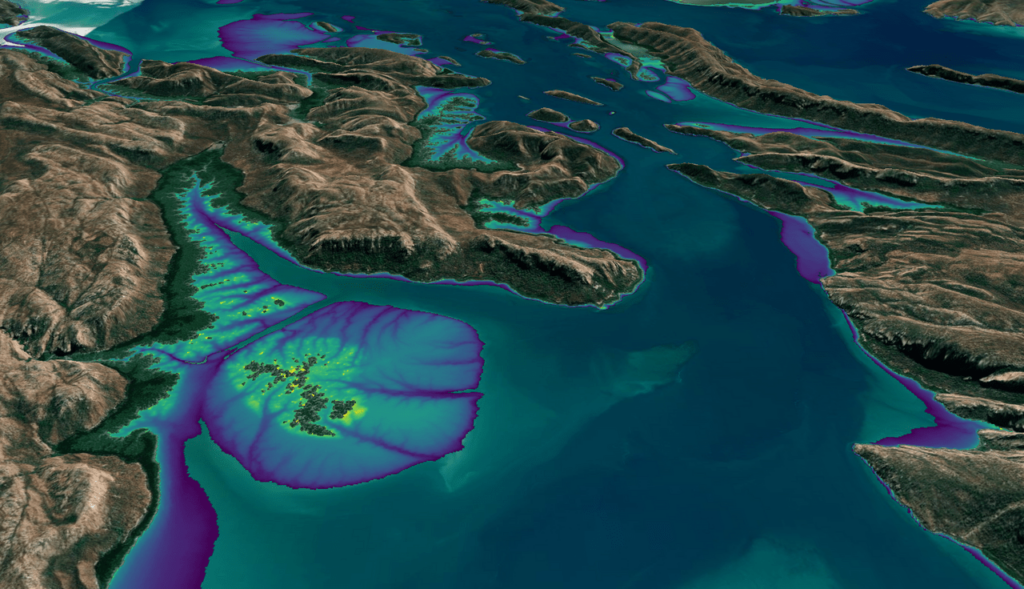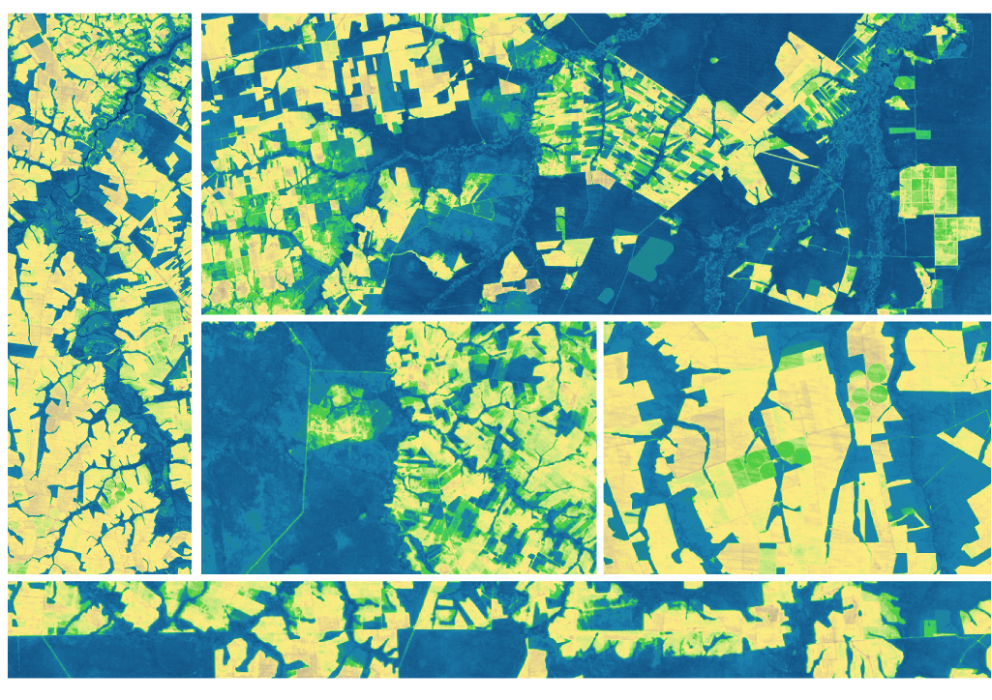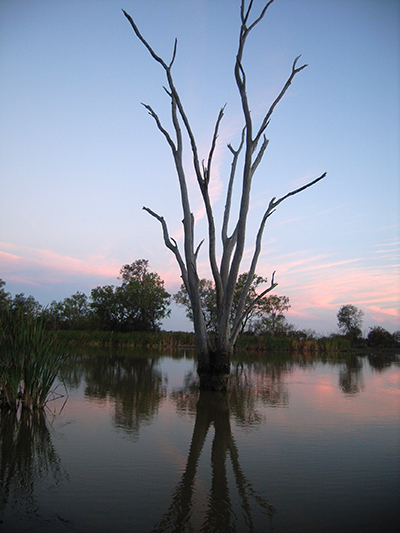
The only radiometric calibration change scheduled to occur prior to the reprocessing is an update to the gains of single detectors on the edges of each module of the OLI focal plane to correct slight striping that is typically not visible. This update will affect all OLI spectral bands. This update is scheduled to take place November 27, 2013.
When the reprocessing effort begins, the OLI radiance-to-reflectance conversion coefficients will be adjusted for the cirrus band (Band 9) to account for on-orbit performance. The prelaunch derived coefficients were calculated using heliostat measurements, which were expected to be in error because little sunlight reaches the ground at these wavelengths. This adjustment changes the reflectance by about 7 percent in the cirrus band. Additionally, the precision of the other spectral bands’ radiance-to-reflectance conversion coefficients will be increased, changing the reflectance by up to 0.3 percent.
Relating to TIRS thermal band calibration, prior to the early-2014 update, users may subtract 0.29 W/(m2 sr µm) from every TIRS Band 10 calibrated radiance value, and 0.51 W/(m2 sr µm) for every TIRS Band 11 calibrated radiance value to provide values closer (on average) to the actual radiances. The equations to convert from calibrated product pixel values to calibrated radiance values can be found here (https://www.usgs.gov/landsat-missions/Landsat8_Using_Product.php). These numbers are based on comparisons to surface water temperatures and correspond to a -2.1 K correction (Band 10) and a -4.4 K correction (Band 11) for a 295 K brightness temperature. The rms variability in the required adjustment is roughly 0.12 W/(m2 sr µm) (0.8 K) for Band 10 and 0.2 W/(m2 sr µm) (1.75 K) for Band 11. Studies indicate that the errors are scene dependent and probably related to out-of-field response in the TIRS instrument.
Given the larger uncertainty in the Band 11 values, users should work with TIRS Band 10 data as a single spectral band (like Landsat 7 Enhanced Thematic Mapper Plus (ETM+)) and should not attempt a split-window correction using both TIRS Bands 10 and 11.
Updates will be provided on this page as understanding of the calibration improves, and also when the reprocessing effort is planned to begin.

Australian Intertidal Zone Exposed: Landsat and Sentinel-2 Provide Information on Dynamic Region
This month, the Digital Earth Australia (DEA) team released a new Landsat and Sentinel-2 based intertidal data product. The new data set characterizes the tidal shoreline zone of Australia in more detail than ever before.





